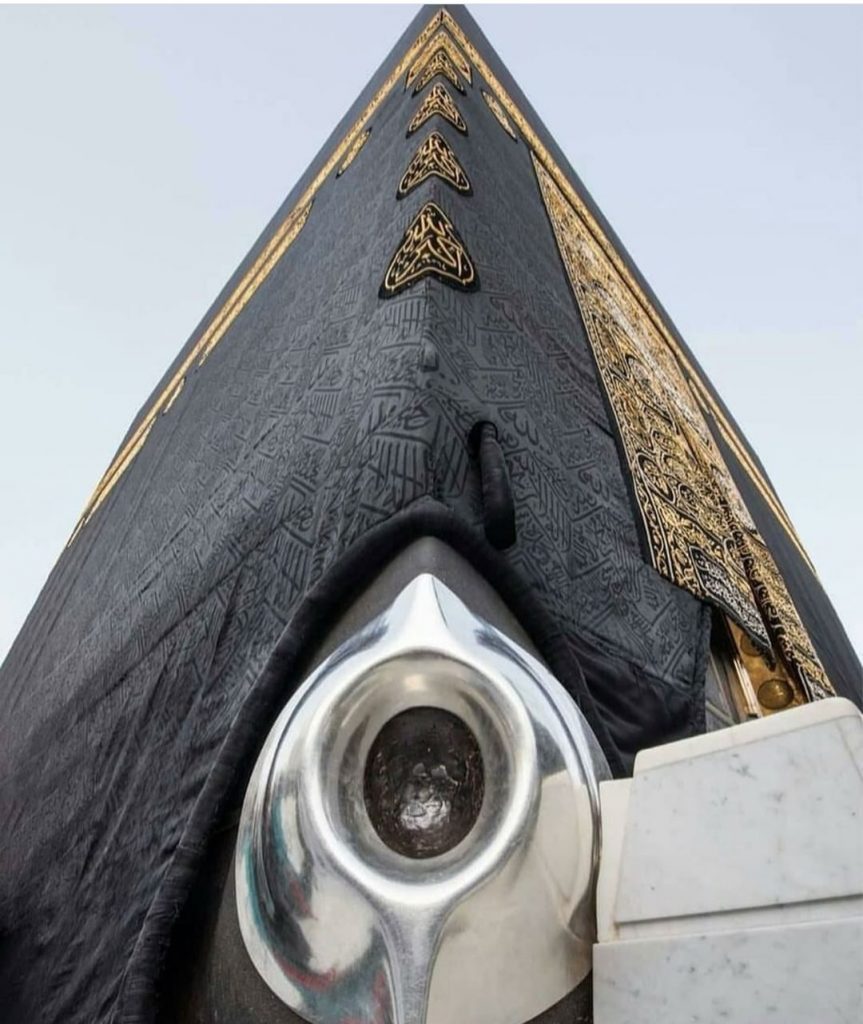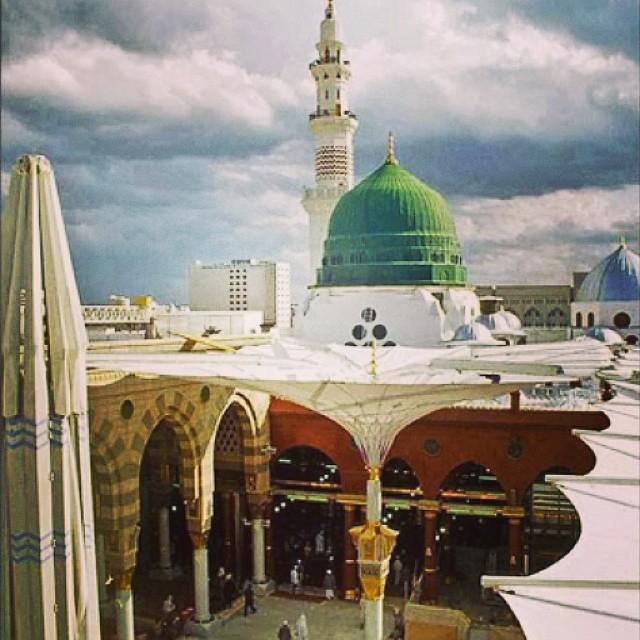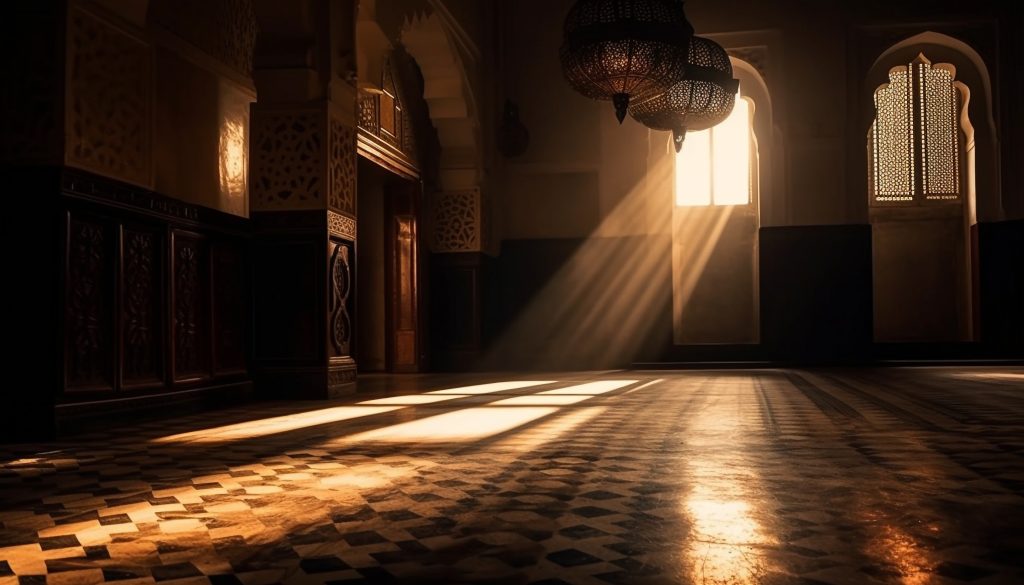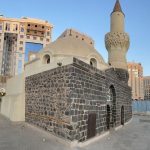Embarking on a pilgrimage to Makkah is not just a journey; it’s an invitation to connect deeply with your faith. At the heart of this sacred experience lies Hajr Al-Aswad, or the Black Stone, a relic that embodies the spirit of unity, devotion, and divine guidance. Join us as we delve into the fascinating history, significance, and spiritual essence of this remarkable stone.
The Divine Origins of Hajr Al-Aswad
Hajr Al-Aswad is believed to have descended from Heaven, an emblem of purity and faith. According to Islamic tradition, it was first given to Prophet Adam (AS) to mark the location of the first house of worship. Yet, its most prominent association is with Prophet Ibrahim (AS), who received the stone from the angel Jibreel (AS) as he built the Kaaba.
As the Kaaba approached completion, a gap in the structure prompted Prophet Ibrahim (AS) to ask his son, Prophet Ismail (AS), to find a fitting stone. Despite an extensive search, Ismail (AS) returned empty-handed only to find Hajr Al-Aswad miraculously placed in the wall, symbolizing divine intervention and support.
A Stone of Transformation
Hajr Al-Aswad serves as a powerful reminder of human nature and redemption. The Prophet Muhammad (PBUH) beautifully articulated its transformation: “When the Black Stone came down from Paradise, it was whiter than milk, but the sins of the sons of Adam made it black” (Tirmidhi). This serves as an eloquent metaphor for seeking forgiveness and striving for spiritual purity amidst our human flaws.
The Historic Placement: A Lesson in Unity
The story of Hajr Al-Aswad’s placement during the reconstruction of the Kaaba exemplifies leadership and diplomacy. The Quraysh tribe’s quarrels over who would place the stone threatened to spark conflict. In a remarkable turn of fate, Prophet Muhammad (PBUH) was the first to enter the mosque, immediately respected for his integrity and wisdom.
He proposed a solution that showcased his commitment to fairness: using a robe to lift the Black Stone, allowing representatives from each family to share in the honor. This moment not only solidified his leadership but also demonstrated the power of cooperation and respect among diverse groups.
The Sacred Presence of Hajr Al-Aswad
Today, Hajr Al-Aswad rests in a silver casing, embodying a rich tapestry of faith and history. Its current form, consisting of eight fragments held together, measures about 7.9 inches by 6.3 inches. During the rituals of Tawaf, pilgrims aspire to touch or kiss this holy stone, a gesture that transcends time and space.
Spiritual Significance: A Touchstone of Faith
Kissing Hajr Al-Aswad is a cherished Sunnah, representing an act of devotion and an expression of love for Allah. It is said to testify on the Day of Judgment: “By Allah! On the Day of Qiyaamah, Allah will present the Hajr Al-Aswad in such a manner that it will have two eyes and a tongue to testify to the Imaan of all those who kissed it” (Tirmidhi). This profound belief elevates the act from a mere ritual to a deeply spiritual connection.
Historical Trials and Resilience
Hajr Al-Aswad has faced numerous challenges throughout history, including damage during the Umayyad siege in 683 CE and theft by the Qarmatians in 930 CE. Despite these adversities, the stone remains a symbol of faith and resilience, embodying the spirit of the Ummah.
The Qarmatians’ temporary possession of the stone, used as a ransom for political leverage, only strengthened its significance upon its return to Makkah. The resilience of Hajr Al-Aswad serves as a testament to the unwavering faith of Muslims, who continued to revere its sanctity throughout these trials.
Guidelines for Reverence and Respect
When visiting Hajr Al-Aswad, it is essential to approach with respect and mindfulness:
- Maintain Order: Avoid pushing or creating chaos in crowded areas.
- Embrace Intent: Understand that touching or kissing the stone is an expression of devotion, not idolatry.
- Practice Patience: If access is limited, simply point towards Hajr Al-Aswad while reciting Takbeer.
- Follow Prophetic Tradition: Recognize that both kissing and pointing are accepted acts of reverence.
Conclusion: A Journey Beyond the Stone
Hajr Al-Aswad is much more than a relic; it is a profound symbol of faith, unity, and divine mercy. As you prepare for your pilgrimage, allow the stories and teachings associated with this sacred stone to enrich your spiritual journey and deepen your connection to Islam.
At Umrah International, we are committed to guiding you through this transformative experience, helping you explore the profound significance of the Black Stone and the rich heritage of Makkah. Join us in this sacred journey, where every step brings you closer to your faith and the divine

















